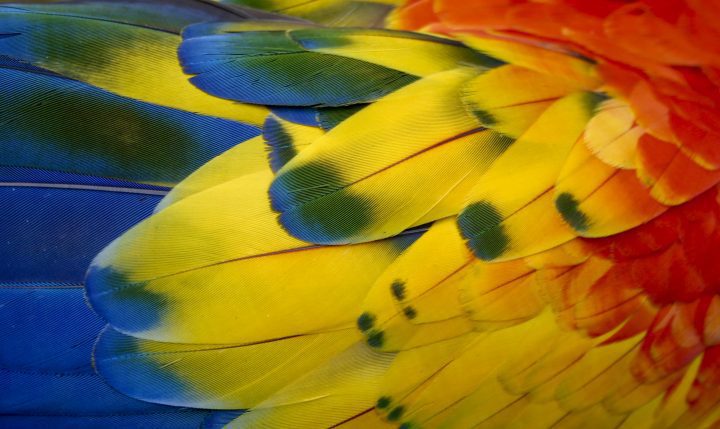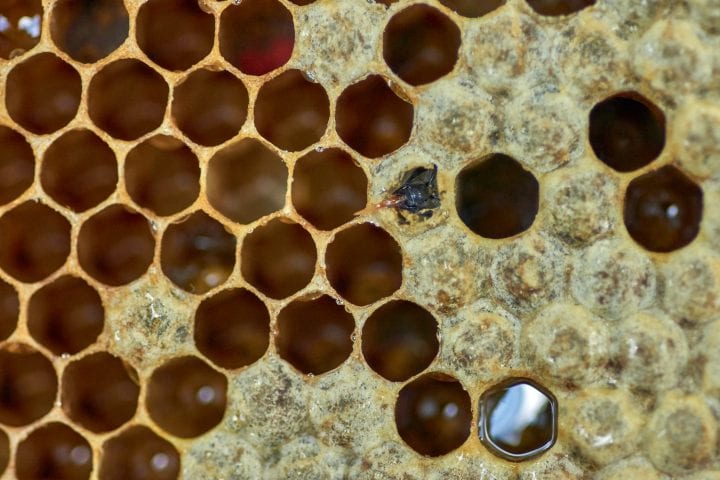Transform Thermal Energy
Heat is necessary for survival, but too much of it can be damaging to an organism. Explore the ways different living things have adapted to use or transform different types of thermal energy.
Send Light Signals in the Non-visible Spectrum
Living systems interact with each other and with their environments to gain information, which is sometimes in the electromagnetic spectrum. Wavelengths of the electromagnetic spectrum are also called the non-visible light spectrum because humans cannot detect them with the naked eye. These include ultraviolet (UV) light, infrared (IR) light, radio waves, and other wavelengths, which living systems can use to send signals. Those signals must not only be targeted to other living systems that can detect them, they must be energy- and material-efficient. This creates both challenges and opportunities. For example, some web-weaving spiders add UV-reflective silk strands to their webs to keep birds and bumblebees (which can see UV light) from crashing into and destroying them. But because the insects the spiders feed on they can’t see UV wavelengths, they fly into the web.





